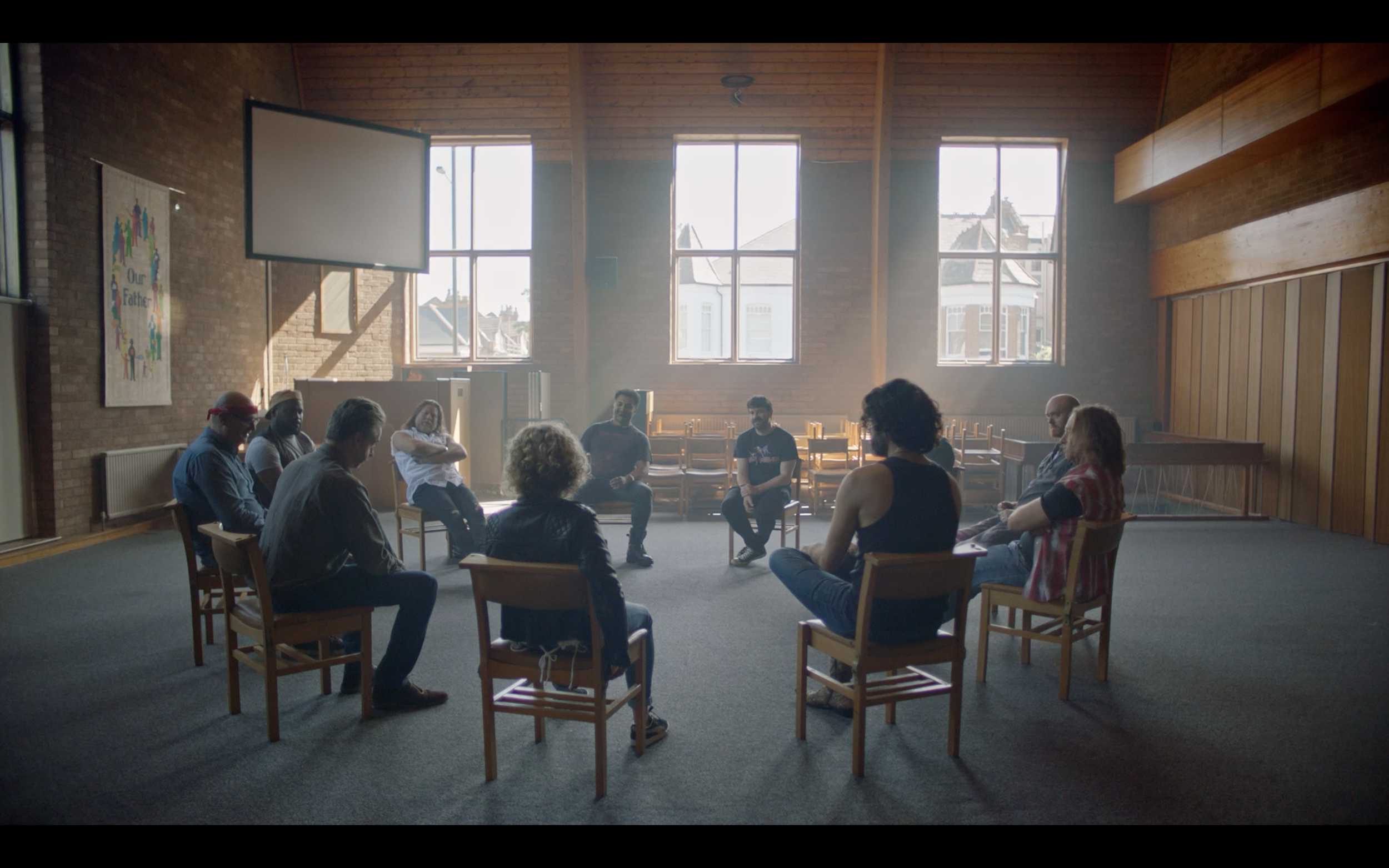
An intimate exploration of the innermost architecture and experience of addiction.

The United States has a long history of misunderstanding mental health disorders and addiction.
Far from an elective condition, addiction is a complex disease of the brain and body that involves the compulsive use of one or more substances or an engagement in behavioral activities despite serious health and social consequences. It disrupts regions of the brain that are responsible for reward, motivation, learning, judgment and memory, and can damage various body systems as well. Addiction is a severe and chronic disorder; a progressive, relapsing disease that requires intensive treatments and continuing aftercare, monitoring and support to manage recovery.
The form of addiction most overtly synonymous with the term is substance use disorder, of which 40 million Americans - or 1 in 7 - suffer from. For these individuals, self-medicating with alcohol, opiates or other substances inevitably evolves into dependencies. Furthermore, substance use can exacerbate underlying mental health issues, creating a vicious cycle.
While a unified theory of addiction seems curiously seductive, it lacks utility. There are most certainly common features and neurobiological processes across the forms addiction can take, and yet we cannot reduce human beings to their neurochemistry. The variables for those afflicted are many and as unique as the lives themselves. Genetics, biology and psychology, of course; but family dynamics and structure and access to education and community support - or a lack thereof - also play a critical role in when, how and why those predisposed - but not necessarily predetermined - to mental illness and addiction may or may not become enthralled.
Labels and terms such as "addict" and "alcoholic" further stigmatize the disorder, shaping society's responses and framing substance use disorder as a moral failing rather than a complex health issue. This leads to an emphasis on punishment rather than prevention and treatment, dehumanizing those struggling and providing little insight into ways we can better support them.
In an effort to better understand addiction as a biological and emotional affliction and to explore the multitude of ways it can manifest for millions of individuals across the United States, 1 IN 7 weaves together the stories and circumstances of three Americans working through addiction and recovery in very different and yet universal ways.
These subjects and their stories represent tangible narrative references that can further bridge the gap between the neurological framework of addiction and its behavioral expressions. Their stories and experiences humanize and highlight manifestations across the addiction spectrum, including various behavioral, cognitive and physiological constructs of addiction and the nature of addictive processes.
The subjects and their stories also act as narrative springboards, naturally expanding our exploration beyond the individuals themselves to look at how aspects of American culture nurture mental illness, substance use and abuse and addictive behaviors.
1 IN 7 surely has moments of darkness and struggle, yet the individuals who shepherd us through the film are ultimately harbingers of hope. Even in some of their darkest moments, they have been able to find some sense of lightness - their humility and ability to accept themselves and those around them is contagious and of incredible note.
Made up of rich, deep stories spanning individual and communal experiences of addiction, 1 IN 7 possesses a verve and consideration for the characters and subject matter that is not only intimate, empathetic, inquisitive and emotionally engaging, but captivating and enlightening as well.















